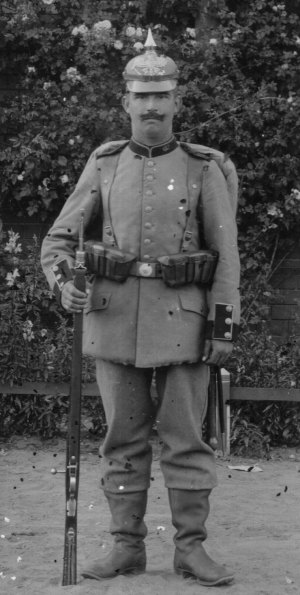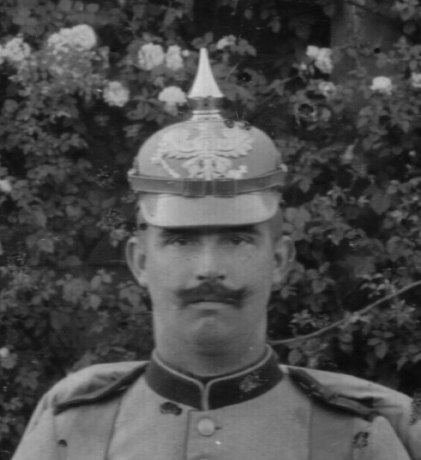joerookery
Well-known member
A couple of years ago, George Anderson had the find of SOS. This year he had a couple walk in at a gun show. I am posting these pictures for George he would like your comments. I will be at the gun show.... :?


























search in earnest for a pair of gilt plated enlisted style private purchase chinscales.


Given the unique configuration of the East Asian helmets, and the very small number of officer helmets that would have been required, it is quite possible that any needed officer helmets were assembled from government owned issue stocks and made available for sale to officers needing the East Asian helmet. We should also keep in mind that when the new helmet was adopted in 1900 the East Asian Expeditionary Corps had already been in China for a number of years. To supply personnel on duty in China it would have been necesary to ship the new helmets to China. Officers in China would have had no means to acquire a "private purchase" officer helmet. It is logical that a number of the helmets shipped by the government to the expeditionary force would have been in officer configuration for issue/sale to those needing the officer helmet.
One question which remains about the officer helmet is the configuration of the national kokarde. When the helmets were introduced the only kokardes for M91 side lugs would have been enlisted or senior NCO. The question is; did the officer helmet use a standard senior NCO kokarde or a senior NCO kokarde with an officer style 3 banded ring replacing the senior NCO style ring?
The only gilt finished chinscales for M91 side lugs in production at the time the helmet was adopted (1900) would have been enlisted private purchase scales.
I totally agree. I was talking about Silver Rings.Concerning the size of the kokarde, at the time of adoption of the East Asian helmet no officer size kokardes, that I am aware of, existed with a center hole designed to fit the M91 side lug.

Is this catalog a list of Wunderlich products available for commercial sale to individual customers or does it reflect the contract prices that the government would have paid for quantity purchases of helmets built to issue specifications? From the descriptions it appears to me to be a commercial catalog.

This illustration may help. At left is a O/R Brandenburg Dragoon; the Bavarian private purchase helmet is right. As one can see, only the Bavarian scales would fit Knopf 91 specifically measured for chinstrap use.reservist1 said:The thin style chin scale is also important because the East Asian other ranks did not wear chin scales. The side lugs on the helmets are designed to accept the fittings for a leather chin strap. As such the standard issue "thick" chin scales will not fit the side lugs. The thin style private purchase chin scales will fit M91 side lugs designed for a chinstrap.

Robert said:Concerning the cocarde, I would be interested in when the state plates and cocardes were used at all.
